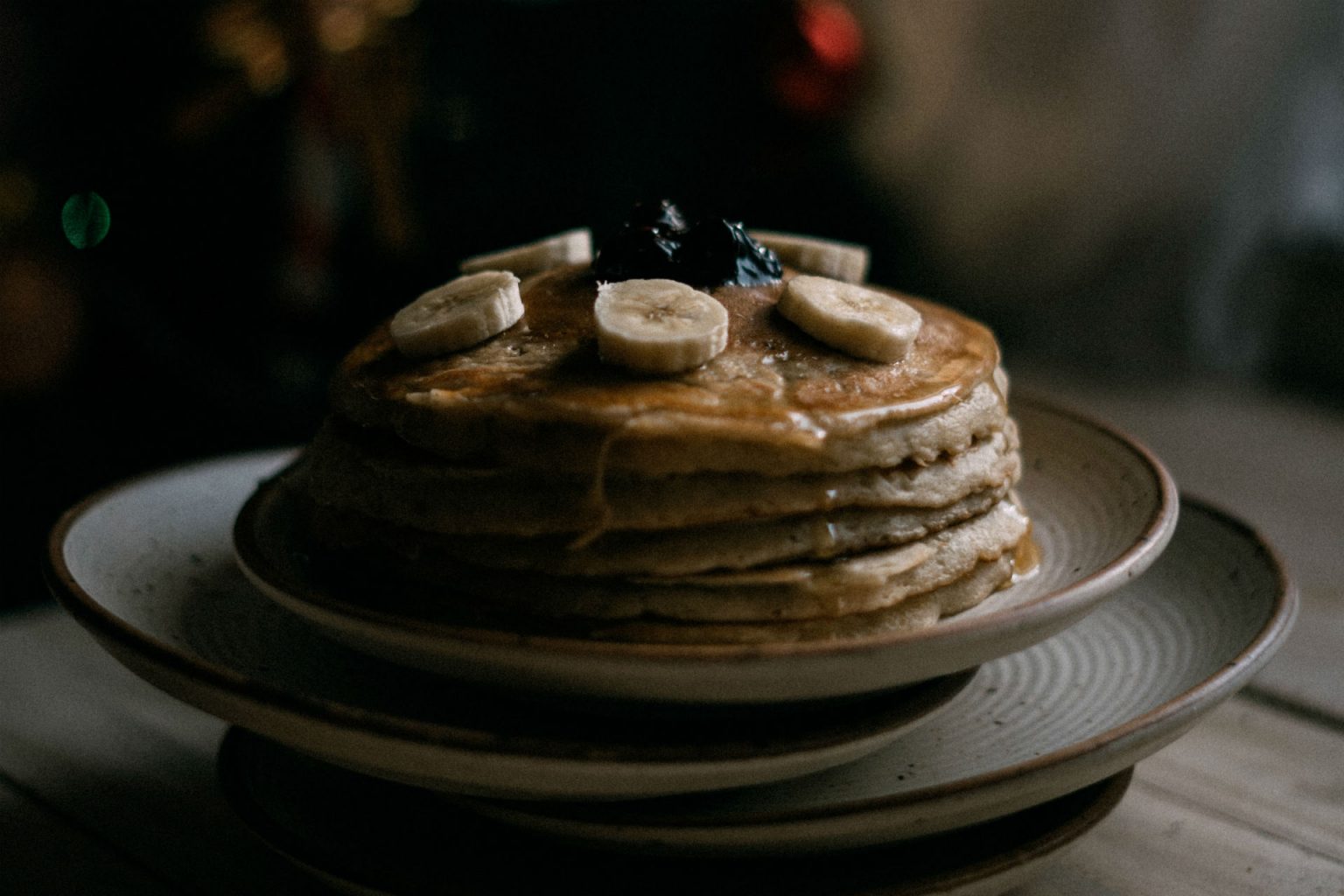 If you have kids in the house, knowing how to make a perfect pancake is a great skill to have.
If you have kids in the house, knowing how to make a perfect pancake is a great skill to have.
Making pancake batter from scratch, first off, is almost as easy as adding water to a mix — with far more nutrient-dense results. A simple combination of flour and baking powder, milk, oil and eggs, it can be whisked together in under 5 minutes — if you want to streamline the process, mix up big batches of the dry ingredients, then scoop it out and whisk in milk and eggs as needed.
The only tools you'll need to turn out a stack of golden flapjacks, besides a mixing bowl, are a skillet and thin spatula, for flipping. Cast iron is ideal, with its excellent heat retention and distribution properties; properly seasoned, it also provides a nonstick surface without the nonstick coating. You can cook them as big or small as you like; if you want to add blueberries or sliced banana, I like adding them once the batter is in the skillet; scattering them over the surface distributes them evenly, and won't risk turning your batter purple.
The key to a perfect pancake is knowing when to flip; keep the heat medium-low so that the bottom doesn't burn before the batter begins to cook through, and when bubbles begin to break through the surface, flip it with a thin spatula. Just when they begin to break-not when they've all broken through.
Don't wait until the entire surface is matte and covered with broken bubbles, or you won't get any lift on the other side. If you're feeding a crowd and all want to eat together, keep them warm in a 250F oven as you cook the rest. Leftovers can be frozen and reheated in the microwave or popped in the toaster-perfect for a weekday morning.
Everyday Pancakes
2 cups all-purpose flour (or use half whole wheat, half all-purpose)
1 Tbsp. sugar
2 tsp. baking powder
1/4 tsp. salt
2 cups milk
2 large eggs
2 Tbsp. melted butter or vegetable oil
1.In a large bowl, stir together the flour, sugar, baking powder and salt.
2. In a smaller bowl, whisk together the milk, eggs and oil; add to the dry ingredients and whisk just until combined. Don’t worry about getting all the lumps out – overmixing may result in tough pancakes.
3. Set a large, heavy skillet over medium-high heat and spray it with non-stick spray or drizzle it with oil, then swirl it to coat the pan. Turn the heat down to medium-low and ladle the batter onto the skillet, using a 1/4-1/2 cup measuring cup or a soup ladle.
4. Cook the pancakes for a few minutes, until the bottoms are golden and bubbles begin to appear and start to break on the surface. When the surface appears almost dry with bubbles breaking through around the edges, use a thin, flat spatula to flip the pancakes over and cook them for another minute, until they're golden on the other side. Repeat with the remaining batter. If you need to keep the finished pancakes warm, keep them uncovered on a plate in a 250ºF oven. Serve warm, with butter and maple syrup. Makes about 8 large pancakes or a dozen smaller ones.
Originally published in May 2013.











